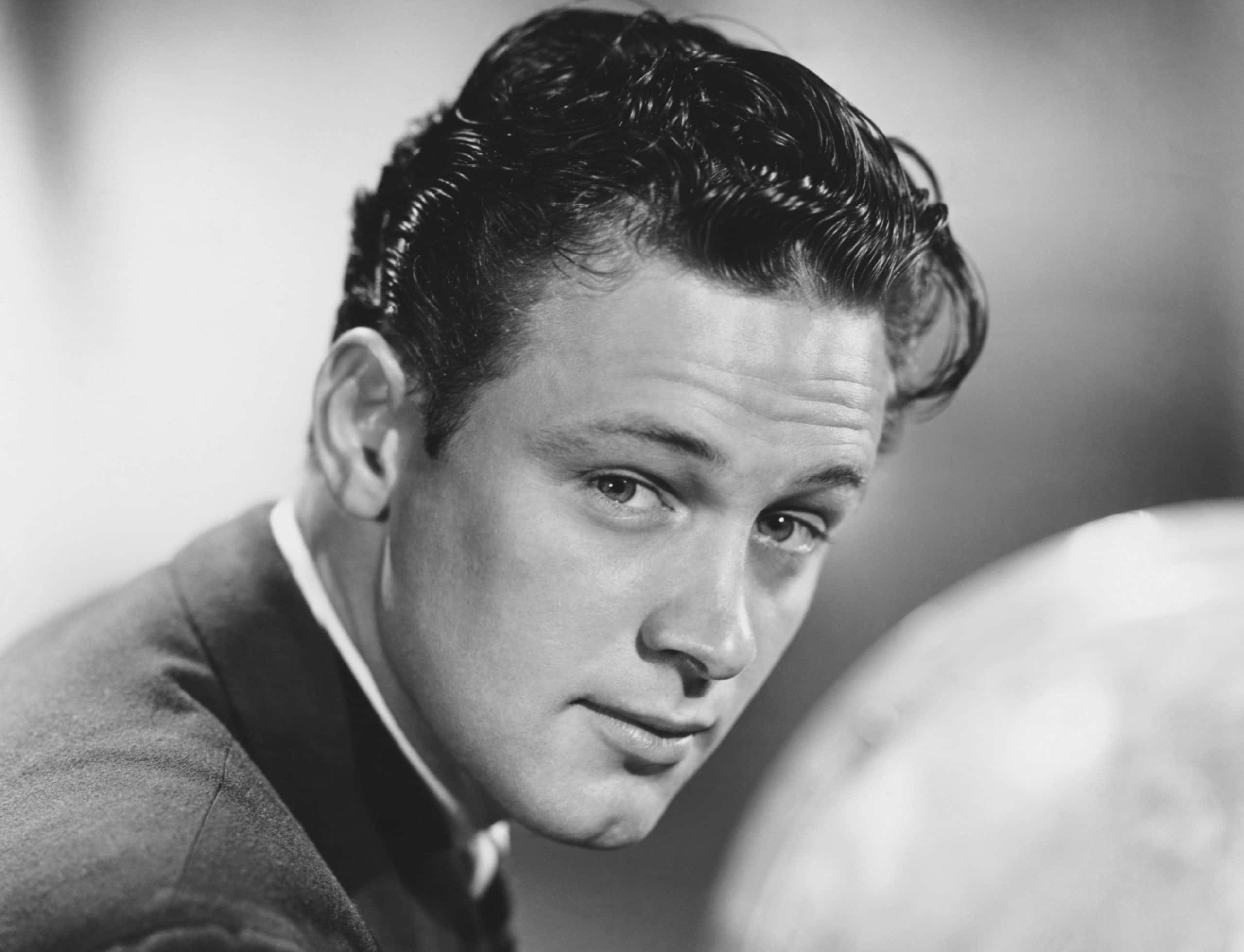by Corry Shores
[Search Blog Here. Index-tags are found on the bottom of the left column.]
[Central Entry Directory]
[Other entries in the Merleau-Ponty phenomenology series.]
[Note: I made the images and animations with Open Office Draw and Unfreeze. The exceptions are the Paul Klee diagram and the Rube Goldberg machine.]
When we sense something, there could be creative forces already immediate in what we see which are trying to change what we are perceiving. Artists seem to be able to make use of these creative disruptive forces. Can we too?
Merleau-Ponty uses the example of optical illusions to show that what we perceive is often not reducible to the sum of its parts.
For Deleuze, the sensible might instead be those elements of appearances whose disruptions cause us to tend toward seeing the parts a different way.
Merleau-Ponty uses Gestalt examples to illustrate his notion that the 'sensible' is not merely the immediate effect of external stimuli. The whole of what we sense cannot be reduce to the sum of the parts. We would like to suggest that for Deleuze, what is 'sensible' most immediately and most fundamentally are the differential forces disrupting the parts.
So, there is a perspective Merleau-Ponty will dispute. It first considers how our perceptions have parts. Then it holds that to each part of the perceived thing corresponds a part in our perception of it. Merleau-Ponty cites numerous examples of optical and other sorts of illusions. They demonstrate that we often perceive things not to be found in the parts. On a previous page he discusses the Müller-Lyer optical illusion. We might consider the lines taken by themselves, looking equal, and also consider by themselves the additional diagonal lines. But when they are found all together, we perceive two new lengths for the lines, the one being longer than the other. This inequality is not to be found in the lines, but is what we readily sense in the image.
the addition of auxiliary lines makes two figures unequal which are objectively equal [citing Koehler, Über unbemerkte Emfindungen und Urteilstäuschungen, MP p.8c ...] In this case, therefore, the 'sensible' cannot be defined as the immediate effect of an external stimulus. [9d, fr 38bc]Merleau-Ponty concludes that "the 'sensible' cannot be defined as the immediate effect of an external stimulus" (9b/30d) and that the "sensory apparatus, as conceived by modern physiology, is no longer fitted to the rôle of 'transmitter'." (10a/31)
Instead, when we sense something, we always-already integrate the portions we see into a greater whole, implied in the parts and serving to organize them within a larger network of relations. So in the case of the optical illusion, perhaps we from the beginning give it a certain meaning, in this case that meaning could perhaps be a comparison of different sizes. Merleau-Ponty writes:
normal functioning must be understood as a process of integration in which the text of the external world is not so much copied as composed. And if we try to seize 'sensation' within the perspective of the bodily phenomena which pave the way to it, we find not a psychic individual, a function of certain known variables, but a formation already bound up with a larger whole, already endowed with a meaning, distinguishable only in degree from the more complex perceptions, and which therefore gets us no further in our attempt to delimit pure sensation. (10-11/ fr. 32, emphasis mine).Science
requires that two perceives lines, like two real lines, should be equal or unequal [...] without realizing that the perceived, by its nature, admits of the ambiguous, the shifting, and is shaped by its context. In Müller-Lyer's illusion, one of the lines ceases to be equal to the other without becoming 'unequal': it becomes 'different'. that is to say, an isolated, objective line, and the same line taken in a figure, cease to be, for perception, 'the same'. [12-13/ fr. 34]So it is not so much that the lines change their size as much as the lines themselves become different lines. Only through our analysis, which takes apart the pieces of the diagram, can we see that they are equal. But then we are no longer dealing with the same lines, and this is because the context changed. The lines as unequal are such because of the whole of the image.
A Deleuzean phenomenology would not be Gestaltist like this. The lines' difference in size would not necessarily be a matter of the whole conditioning the parts or the parts communicating the whole. What might make one line smaller than the other could be the differential forces acting on our eye-muscles.
At times Deleuze's refers to Paul Klee's ideas on rhythm and chaos, and in particular, the gray point. In his sketchbooks, Klee shows us how differential variations between parts of an image can cause our eyes to tend toward certain motions [see this entry on aesthetic rhythm for a more complete discussion].
Consider for example this arrangement of lines.


(From Paul Klee's sketchbooks)
It does not cause a lot of motion in our eyes. However, when they are staggered, notice how our eyes want to jump around rhythmically, and how the lines seem to slide against one another.
The differential variation in the second case causes the muscles in our eyes to tend in two directions at once (if not more, like diagonal as well as left and right). So consider again the diagonal lines added to the straight lines in the illusion. First look at if there were only the top ones added.
We see that there is no effect. There must be both, a differential relation between the angles of the top and bottom sets of diagonals.
Perhaps when the two are set off in differential relation, the top ones cause our eyes to want to expand outward with the opening of the lines, and the bottom ones cause our eyes to want to move inward into the line. The forces, then, acting our our eye muscles would then be what causes the top line to seem longer than the bottom. See if this explanation is correct, and be sensitive to the forces you feel trying to move your eyes.
Does the top one give you an open feeling in comparison to the bottom one giving you a constricted feeling? It would not be so if there were only one set of diagonals, what is needed is the differential relation. Consider also if the two lines were off-set only slightly.
Does not this differential relation also produce forces which make them seem like they are sliding against one another?
Deleuze, we will see, discusses this technical element which causes forces to try to alter the image. He calls it the diagram. In this case, the differential relation between the diagonals is the diagram. And because it causes a multiplicity of tendencies-toward-change, it is what produces the rhythm of the sensation. This rhythm results when the sensation causes our bodies to undergo internal differentiation, which we respond-to by internally differentiating ourselves further so to 'adjust' to the conditions of the image. But so long as we feel the differential forces of the illusion, we have not really 'adjusted' to it like when our eyes after encountering bright light soon no longer strain to see. Rather, it is more like we vary our internal functioning so to 'dance' if you will with the variations acting on us, and in that way keeping them in motion.
So for Deleuze, phenomena are not possible on account of the coherence of parts in the world, but rather on the forces that tear them apart and that indicate there is not a coherent whole but rather a large Rube Goldberg machine of sorts: a heterogeneous system of differential 'mechanisms'.
The machine forms a functional whole, but not a coherent whole. None of the parts implies the others, although it is only through this precise and delicate arrangement that the given outcome is possible. The parts do not belong together, but are conjoined. Each conjunction serves a function. But the conjunction is between parts that relate differentially, and not coherently. So we might say at each junction there is a functional disjunction. The diagonals of the illusion are like such a functional disjunction, which produces alternate motion-tendencies in the lines.
So what we sense really are not parts organic integrated into coherent wholes. If ever we sense something, we sense a difference. Phenomena are always differences. If we stare at an object for an extended period of time, without noticing new things about it, then the object will fade from our vision. It is only a difference that we notice. Phenomenal awareness is a difference-sensitivity.
Now, something will appear to us only if it is not coherent with its context. When something coheres with its greater whole, then it will not stand out from it. It is only on the grounds of a non-coherence with a greater system that something will stand out and appear to us. So something is a phenomenon only on the grounds of its being placed in a differential relation to some possible whole. In other words, a Deleuzean phenomenology is anti-Gestaltist. And if we were to reduce our mode of awareness from an extensive to an intensive mood, we would bracket-out our efforts to homogeneously extend the parts of our perception out into coherent whole networks, and rather turn our attention toward the forces in our perceptions that cause parts to jump out from their context. In the case of this illusion, we might in our intensive mood attend to the forces we feel causing the lines to shrink or expand instead of sit nicely with each other in the image.
Image credits:
Rube Goldberg machine
http://www.animationarchive.org/2008/10/comic-strips-rube-goldbergs-side-show.html
(Thanks Stephen Worth at ASIFA)
Paul Klee, Das bildnerische Denken, (Basel : Schwabe, 1981);
Unendliche Naturgeschickte, (Basel : Schwabe, 1970)


.jpeg)














































No comments:
Post a Comment